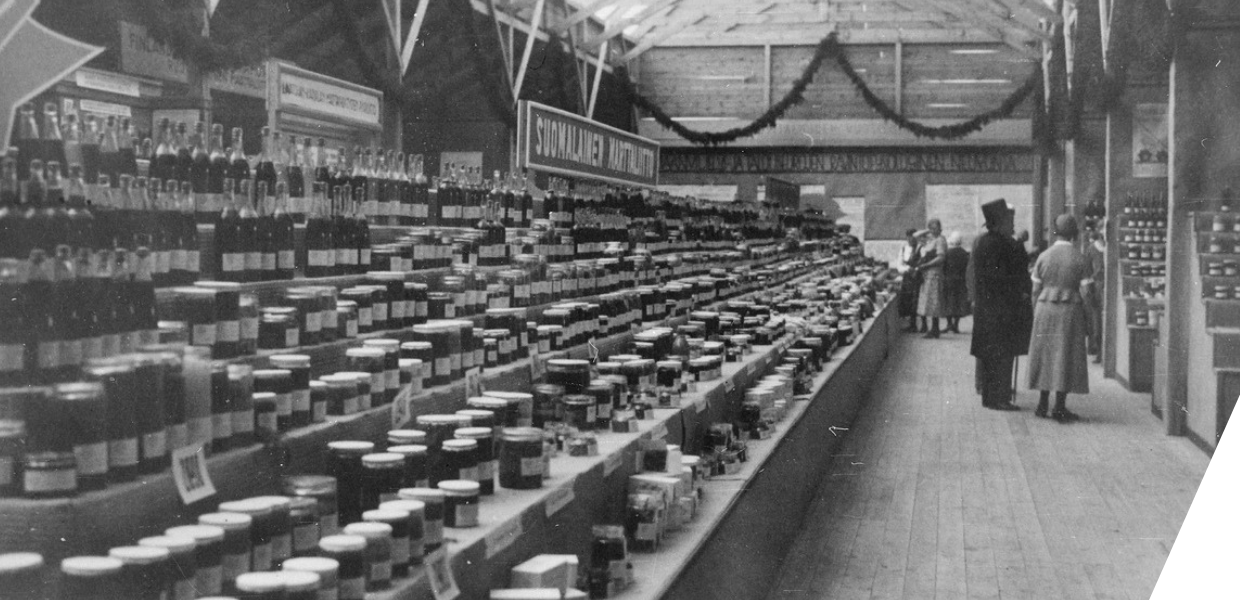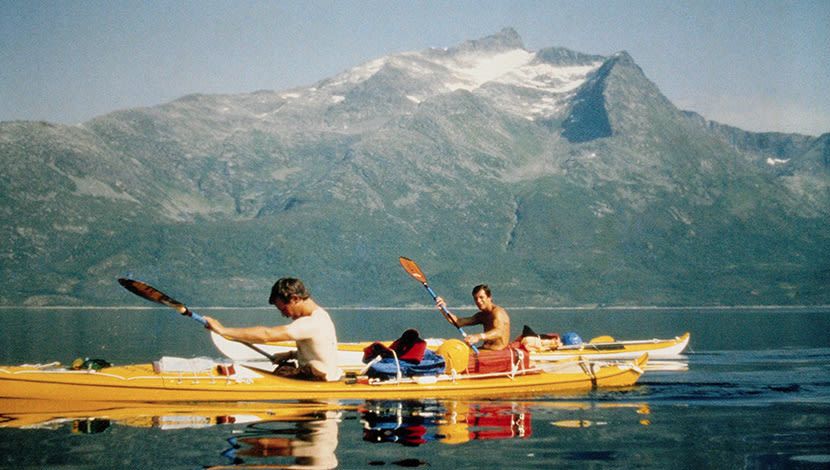Engagement through digital storytelling
Rather than focus on the exhibitions themselves, these blogs aim to bring out stories through showcasing digitised collections, and in particular in 2021, the role of digital storytelling was important in both exhibitions. Nicola Scott says, 'telling a wider audience about the exhibition was really helpful during the Covid-19 pandemic. While the museum was open after lockdown, our footfall was still low and it was very sad to think we would not get as many people seeing the exhibition as we usually did. The exhibition was predominantly photos taken from the expedition - this translated well into being displayed online and really gave the Scottish Maritime Museum an opportunity to reach the wider audience the exhibition deserved.'
Nationalmuseum Sweden were also able to use the blog on Europeana to share their exhibition and collections more widely. Anna Jansson says 'we used the blog post on Europeana as an in depth-reading that we linked from our social media. When pushing to sites and exhibitions online outside our own website, which mostly is to prepare for a visit in real life, we provide the digital visitor with the possibility to discover even more heritage online'.
Share your own collections
Are you interested in sharing your physical exhibitions and work through an editorial collaboration with Europeana? Find out more about creating editorial.




